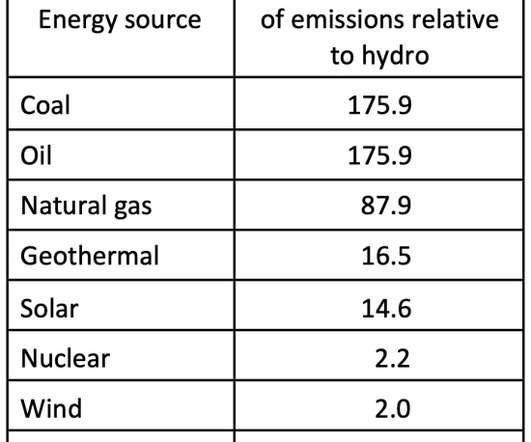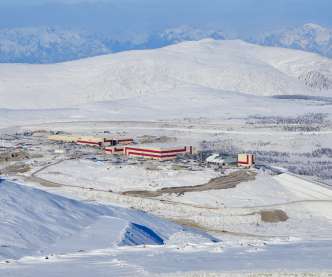As states use less coal for electricity, driving electric vehicles becomes even cleaner
Green Car Congress
APRIL 13, 2020
These results indicate that coal and oil are the energy sources leading to most emissions, and that hydro, wind, and nuclear are the energy sources leading to least emissions. On the two extremes, coal and oil result in about 176 times the emissions from hydro.








































Let's personalize your content